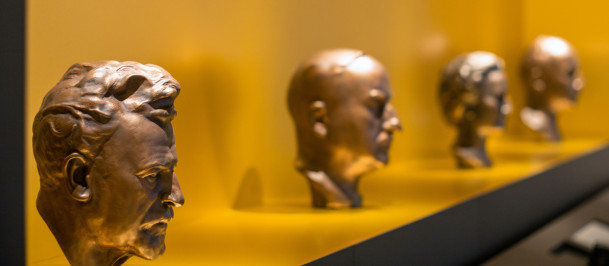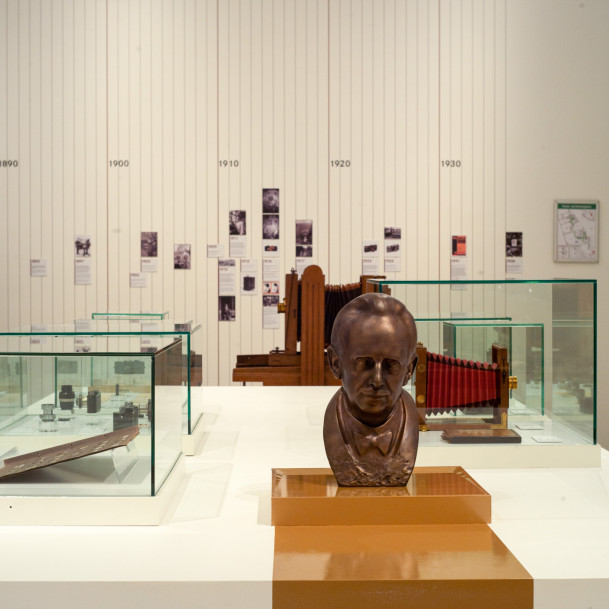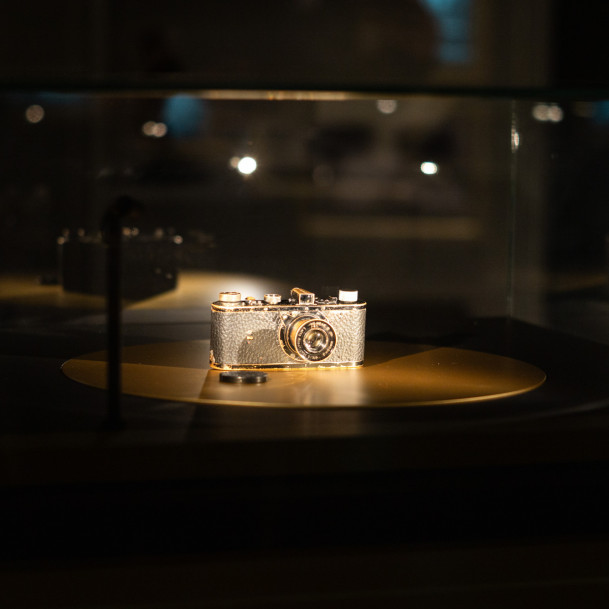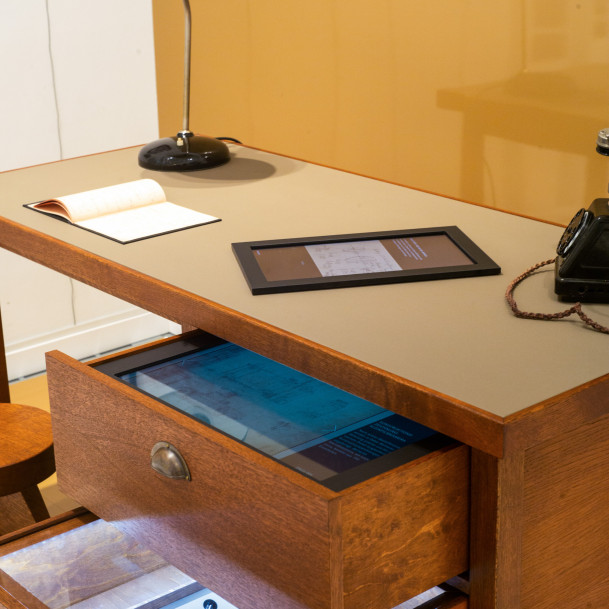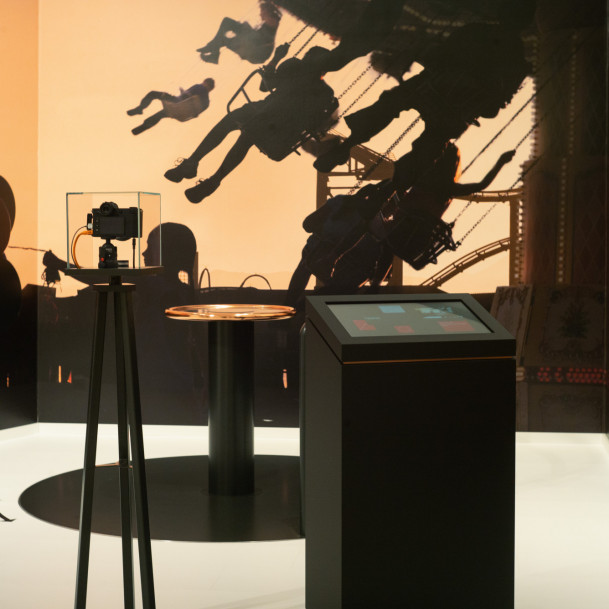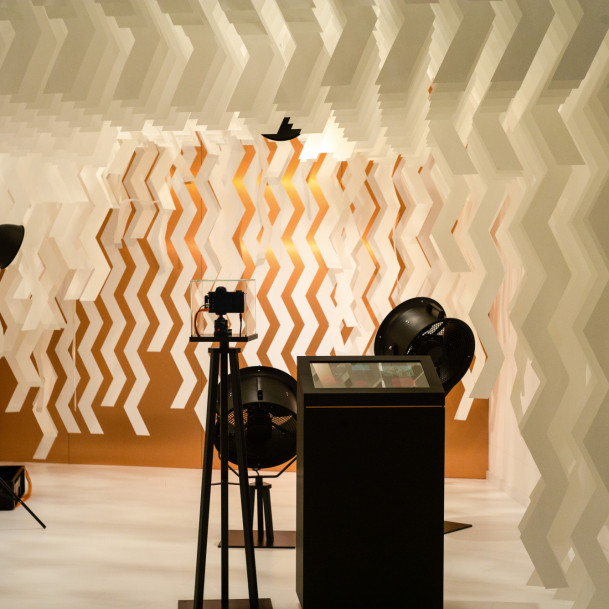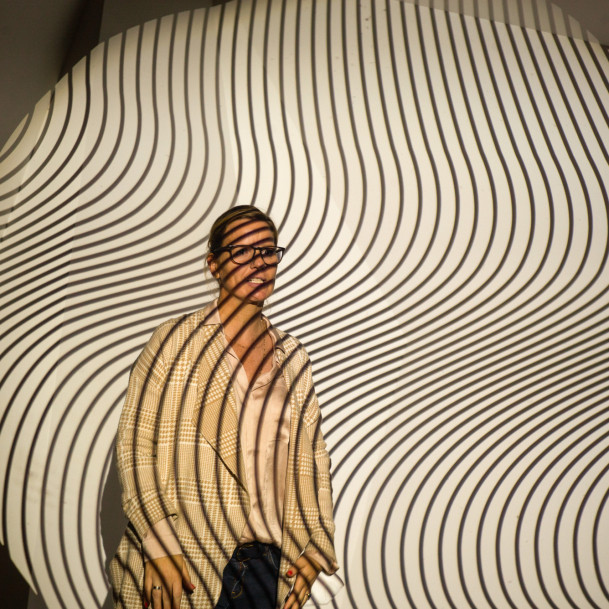Re-Opening
The Ernst Leitz Museum in Wetzlar celebrates its re-opening – with aplomb, yes, but also with an extraordinarily high quality in experiencing. It is a museum which grabs visitors by the hand and invites them to participate. On a tour through the museum, we could see that this concept pays off.
Three weeks after the re-opening of the Ernst Leitz Museum we meet Tim Pullmann and Geraldine Pfeffer from Leitz Park Marketing GmbH. They are looking back on months of intense planning and preparation. Nevertheless, euphoria and excitement are written large in their faces. And quite rightly so.
When the Ernst Leitz Museum was opened in June 2019, visitors were presented with the highlights from over one hundred years of Leica photography. “Eyes Wide Open!” was the title of the show – a real feast for everyone who never tires of looking at the icons of 35 mm photography. Two years and a pandemic-related wave trough later, the museum is now celebrating its re-opening. Concept and presentation are clearly more broadly defined. The categorical imperative “Eyes Wide Open!” has been replaced by the dimension of participation: “See. Create. Experience.” And this encompasses much more than just a well-sounding triad, as Geraldine Pfeffer explains: “Nowadays, more photographs are taken than ever before, predominantly, of course, with a smartphone. We want to show people in an illustrative and interactive way how they may see, create, and experience photography by taking a closer look at it.”
Analogue – digital – interactive
The Ernst Leitz Museum provides a lot of stimuli for delving deeply into the various facets of photography. On the ground floor, the museum will continue to show superb photo art. Completely new and strikingly well done is the museal presentation on the whole upper floor. The smartphone plays a significant role in it – especially the Leitz Park App which virtually makes the museum visit an interactive adventure. In a darkroom, for example, visitors may play through the once analogue steps of enlarging, developing and fixing photographs in “digital” dip tanks and use the app to transfer the finished “copy” back to their smartphones. The very popular self-portrait station turns out to be a highly advanced photo booth. In intricately designed cabinets, playing with light and shadow, motion blurs and optical reflections turns into a photographic happening.
“It has already become clear during the first weeks that visitors of various age groups appreciate these interactive experience rooms,” Tim Pullmann says happily. Yet it still matters to him that the museum is not only great fun but also imparts knowledge. In front of the panorama window of the museum, one is looking through the giant aperture of a Leica S on a scale of 50:1 – it opens and closes depending on the position of the visitors. Screen-sized “viewfinders” illustrate the artistic criteria that create a well-balanced image composition and show how to emphasize the main artistic features of an image or how to direct the viewer’s line of sight. In a live simulation on a digital display, visitors can explore which configurations of the optical lenses in an objective determine the focal length, reduce aberration or increase the light level.
From the birth of the Leica to the brand new Leitz Phone 1
What is more, the history of Leica also comes alive in the Ernst Leitz Museum. Oskar Barnack is even given his own part in the exhibition. In 1914, he presented the first 35 mm camera, which would be able to revolutionize photography. And yet it should take another ten years, until in June 1924 and after an intense debate with his closest employees, Ernst Leitz II spoke in favor of a serial production of the first Leica: “I hereby decide: It will be risked.” The protagonists and their arguments come alive on an interactive monitor allowing visitors to decide for themselves so to speak. Directly next to it, visitors get the rare opportunity to marvel at Oskar Barnack’s private camera from the Leica 0-series bearing the serial number 105. The oldest Leica in existence is on loan and will only be exhibited until the end of this year. After that the window to the archives will reveal interactive insights into the lively past of Leica.
Around the corner, visitors stroll along Leica’s fascinating product history to the present where the camera manufacturer displays the Leitz Phone 1 which raises smartphone photography to a new level. Such a development appears logical. Time will tell, if it will again revolutionize photography. But that’s not at all what the Ernst Leitz Museum is about, as Tim Pullmann underlines: “If we manage to convey a new sensitivity and appreciation for photographic seeing, creating, and experiencing to our visitors, we have done everything right.” This would be desirable. And almost revolutionary.
